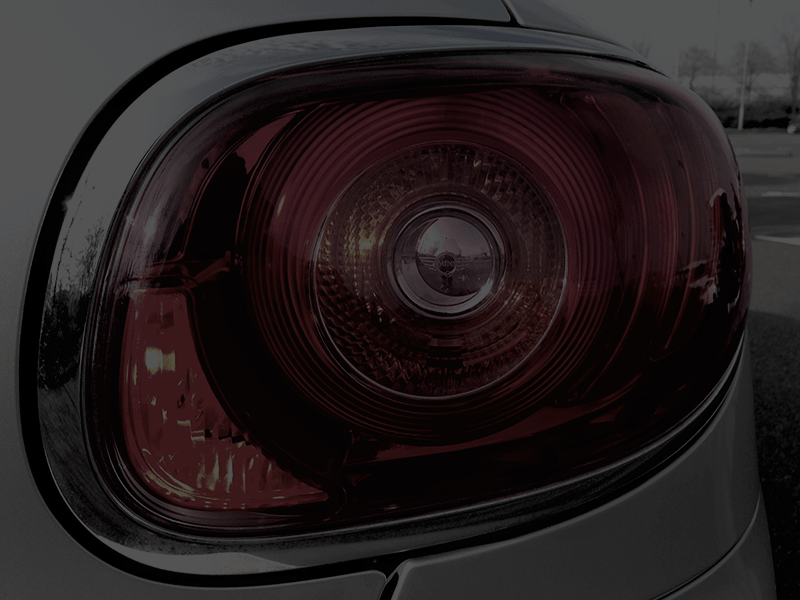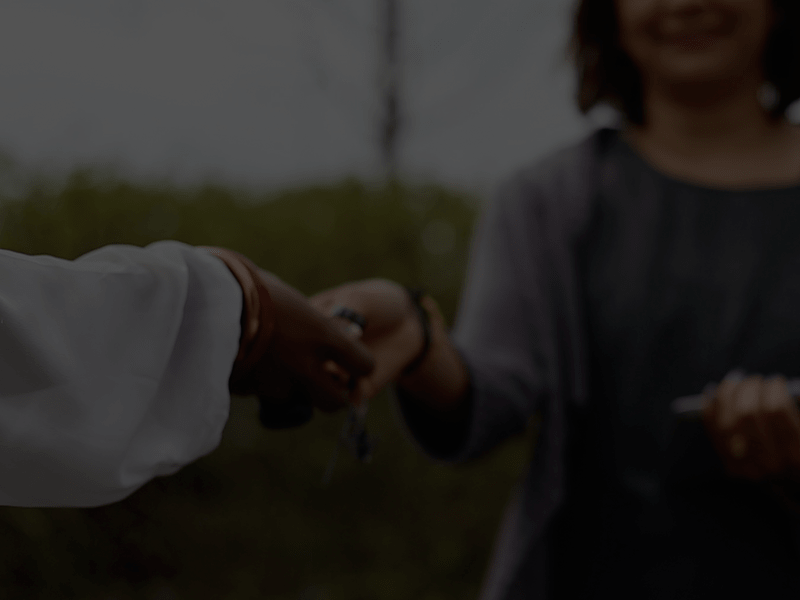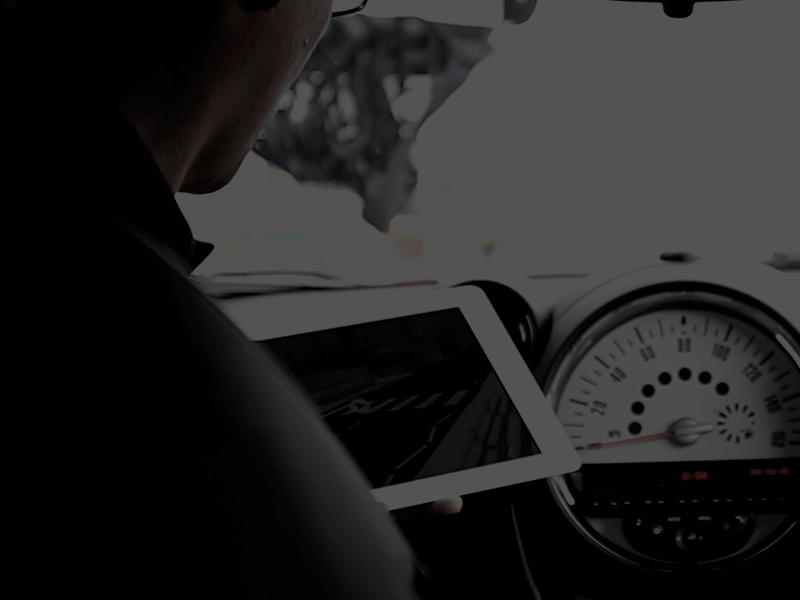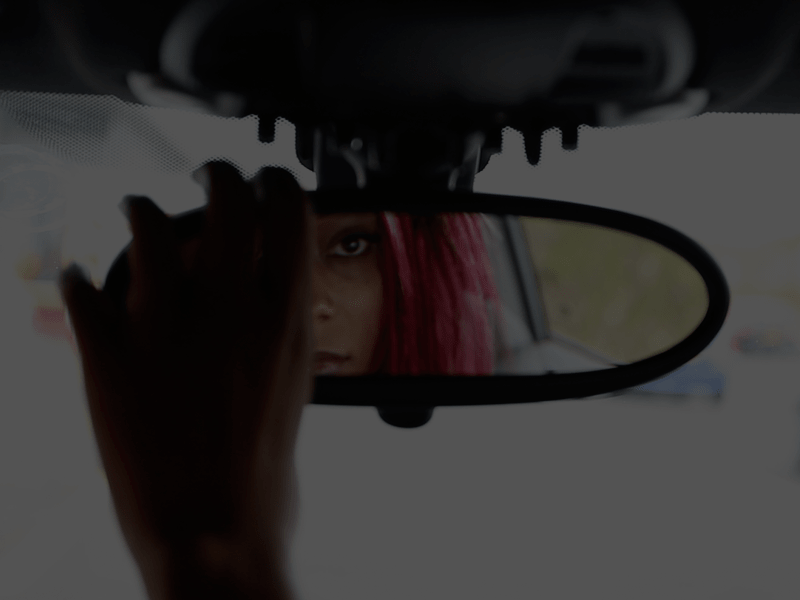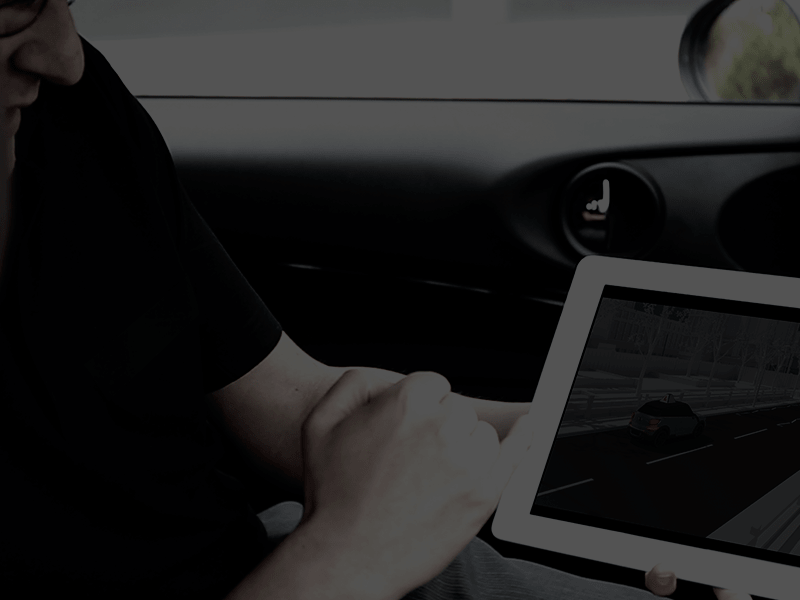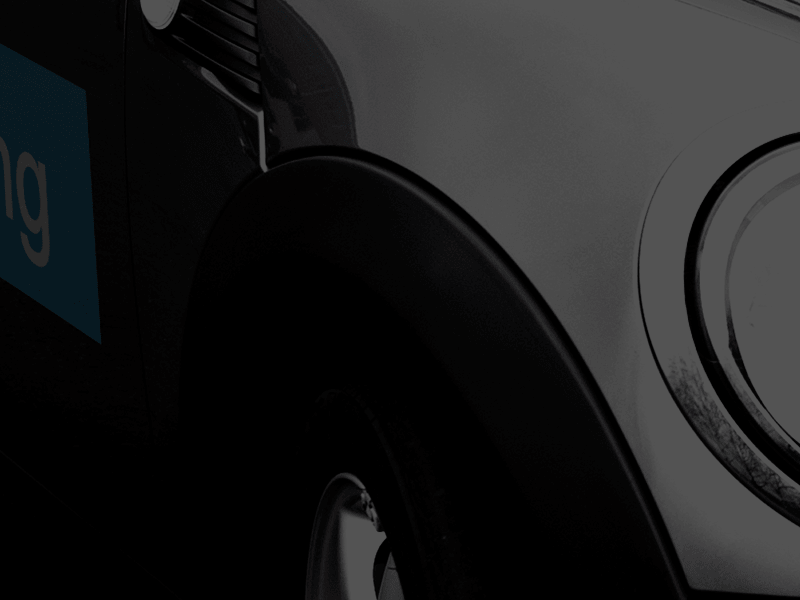Driving Tips – Pedals
Ease ‘n’ squeeze!
It’s likely that as a learner driver you know what the foot pedals for, even if you haven’t had your first driving lesson yet. Most people grow up riding around in cars these days and as a result you learn an awful lot, and it’s not always good!
They say that a lot of bad drivers learnt their attitudes about driving at an early age when there were passengers – there’s a joke about a kid being driven to school by his Mum who says “It’s really funny Mum, on the days that you drive me to school there aren’t nearly so many idiots on the road – Dad has to shout at them all the time”.
Whatever your attitude to driving, you need to be a bit more careful than usual during the winter weather – and which is not over yet. You should always be careful with the pedals, rally drivers and racing drivers will explain to you that smooth use of the pedals is one of the most important skills that a driver can learn, this becomes especially important in bad weather.
Accelerator pedal
You know what the accelerator (gas pedal) pedal does, it regulates the speed of the engine, press it harder and you go faster, ease off and the car will start to slow down – unless of course you’re going downhill.
But did you know that being too harsh with the accelerator pedal when you’re in a very powerful car on a dry road, or just an ordinary car in bad weather will not only make you go faster, it could make you go sideways! Not a good idea.
A good tip to remember about both the accelerator and the brake pedal is to ease and squeeze… Think of it in your head as eeeeeeeze and squeeeeeeze being ultra-gentle as you increase or decrease the pressure. Not only will your driving be smoother but you’ll have fewer car-sick passengers.
Brake pedal
OK – you know that the footbrake stops the car, but if you’re not careful your footbrake can stop the car behind as well… If this happens it is usually accompanied by loud crunching sound and a massive jerk forwards.
To make sure that your footbrake pedal doesn’t stop the car behind you should always link it to your rear-view mirror… Make a rule for yourself, unless it’s an extreme emergency never allow yourself to touch the footbrake without looking in the mirror first.
Unless you’re driving a car more than 10 years old you will have anti-lock brakes. When you press the brake pedal very hard, for example in an emergency stop, the brakes will make a machine gun like a rattle and help prevent the car from skidding. But don’t be confused, especially in bad weather… You can’t rely on the anti-lock brakes to stop you from skidding – your car can still skid sideways will take longer to stop on a poor surface whether or not it has anti-lock brakes fitted.
So take care – and ease and squeeze.
Clutch pedal
Have you ever experienced kangaroo petrol? No it’s not a special sort of petrol from Australia, it’s just a term that some driving instructors used to describe jerky starts as a car leaps forwards.
If you had this experience, if you have a tendency to stall the car, get your instructor, or other driving supervisor to let you practise starting and stopping at very slow (less than walking) speed using just clutch-control alone. Another useful tip is to keep your heel on the floor as long as possible when bringing the clutch up by sliding it back towards you; when you do this you will find a ‘natural’ point at which to start lifting your foot.
Remember ‘ease and squeeze’ will help you to smooth out your driving whatever the weather.

